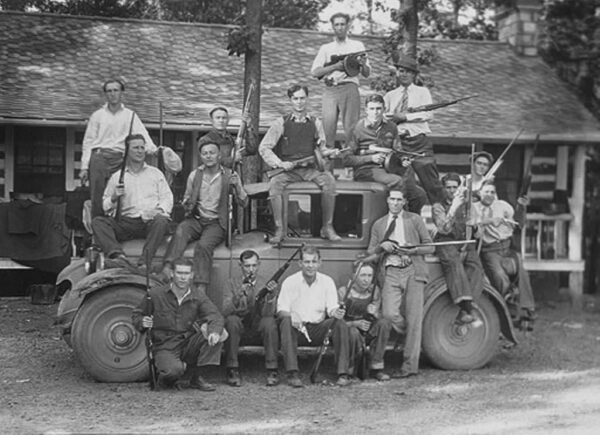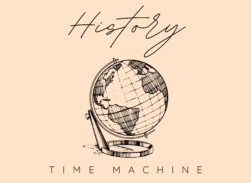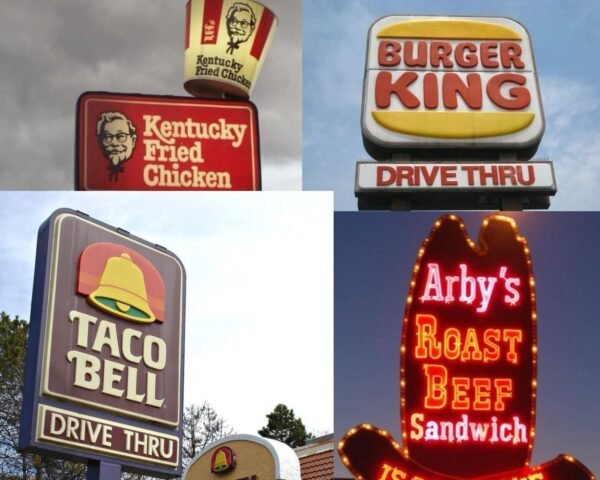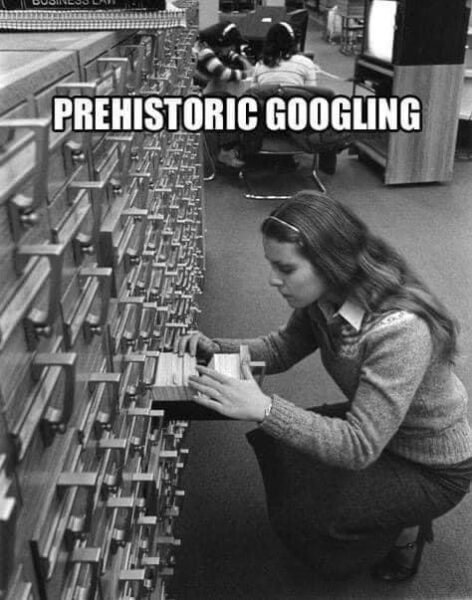In the early 1920s, Southern Illinois became the unlikely stage for a saga of crime, power, and defiance that unfolded during the Prohibition era. At the heart of this story was The Birger Gang, a group of bootleggers who carved their name into the annals of American history with their notorious activities. The era of Prohibition, marked by the nationwide constitutional ban on the production, importation, transportation, and sale of alcoholic beverages, created a fertile ground for illicit activities. It was in this tumultuous landscape that The Birger Gang emerged, not just as ordinary lawbreakers but as legendary figures who would come to symbolize the rebellion against the Prohibition laws.
Operating out of Southern Illinois, The Birger Gang wasn’t merely a group of moonshiners; they were a sophisticated network of individuals who turned bootlegging into an art. Led by the infamous Charley Birger, they became known for their daring, their flamboyance, and their blatant disregard for the law. This introduction sets the stage for a deeper exploration into the world of The Birger Gang, their operations, and the mark they left on American history. As we delve into the rise of bootlegging in the Prohibition era, we will uncover the roots of their formation and the factors that made them the legends they are remembered as today.

The Birger Gang, Southern Illinois Bootleggers, 1924
The Rise of Bootlegging in the Prohibition Era
The story of The Birger Gang is inextricably linked to the broader narrative of Prohibition in the United States. The 18th Amendment, enacted in 1920, intended to curb the consumption of alcohol, ironically gave rise to one of the most lawless eras in American history. Prohibition created a vacuum in the supply of alcoholic beverages, and opportunists quickly stepped in to fill this void. This period saw the emergence of speakeasies, clandestine establishments that sold illegal alcohol, and an underground network of bootleggers and rum-runners who supplied them.
Southern Illinois, with its rural landscapes and secretive backroads, became a prime location for these illicit activities. The region, known for its independent spirit and skepticism of government intervention, proved to be fertile ground for bootlegging. It was here that The Birger Gang found their calling.
Bootlegging during this era wasn’t just about supplying illegal liquor; it was a complex operation involving the creation of hidden distilleries, covert transportation networks, and a system of bribery and corruption to keep the authorities at bay. The Birger Gang, like many others, capitalized on the public’s thirst for alcohol and the government’s inability to enforce the Prohibition effectively. Their rise was a direct response to the societal and economic conditions of the time, painting them not just as criminals, but as rebellious heroes to some and a direct challenge to the prevailing law and order for others.
In this backdrop of defiance and opportunism, charismatic figures like Charley Birger would rise to prominence, leading their cohorts not just in illegal activities but in a cultural battle against what many saw as an infringement on personal liberties.
Charley Birger: The Man Behind the Gang
Charley Birger, the charismatic and enigmatic leader of The Birger Gang, was more than just a bootlegger; he was a figure who captured the imagination of both his contemporaries and historians alike. Born Shachna Itzik Birger in 1881 in the Russian Empire, he immigrated to the United States as a child. His journey from a young immigrant to one of the most infamous bootleggers in Southern Illinois is a tale marked by ambition, charisma, and a flair for the dramatic.
Birger’s early life was a patchwork of various jobs, from coal miner to saloon keeper. However, it was during Prohibition that he found his true calling. Charley Birger understood the zeitgeist of the era and the public’s clandestine desire for alcohol. He capitalized on this by setting up illegal distilleries and a distribution network that would make him a household name in Southern Illinois.
What set Birger apart from other bootleggers of his time was his personality. He was known for his charm and his ability to maintain a Robin Hood-like image. Birger was not just a criminal in the eyes of the public; he was a rebel, fighting against what many saw as an unjust law. His daring escapades, generous donations to the needy, and his willingness to stand up against rival gangs and even law enforcement agencies added to his legend.
However, beneath this veneer of the benevolent outlaw, Birger was a shrewd businessman and a ruthless leader. His gang’s activities weren’t limited to bootlegging; they dabbled in various other criminal enterprises, including gambling and robbery. The Birger Gang’s operations under Charley’s leadership were a mix of strategic planning, brute force, and a deep understanding of the socio-political environment of the time.
As we delve deeper into the operations and influence of The Birger Gang, we will see how Charley Birger’s leadership style and decisions shaped the gang’s destiny and left an indelible mark on the history of Southern Illinois during the Prohibition era.
The Gang’s Operations and Influence
Under the leadership of Charley Birger, The Birger Gang’s operations were both extensive and sophisticated, marking them as one of the most influential bootlegging groups in Southern Illinois during the Prohibition era. Their activities spanned various facets of the illegal liquor trade and went beyond to include other forms of organized crime.
Bootlegging Operations: The core of The Birger Gang’s operations was, of course, the production and distribution of illegal alcohol. They ran numerous hidden distilleries in the rural areas of Southern Illinois, ingeniously concealed to evade law enforcement. These distilleries became the lifeblood of many speakeasies in the region. The gang’s distribution network was expansive and well-organized, ensuring a steady flow of alcohol despite the constant threat of raids and crackdowns by the authorities.
Diversification into Other Criminal Activities: While bootlegging was their primary trade, The Birger Gang was not averse to diversifying their criminal activities. They were involved in gambling, operating illegal gambling houses which became popular spots for the locals and outsiders alike. The gang also engaged in armed robberies and were known to be involved in violent confrontations with rival gangs and law enforcement.
Influence and Power: The influence of The Birger Gang extended beyond their criminal activities. They had a significant impact on the local communities, often portraying themselves as protectors and benefactors. Charley Birger’s charm and his gang’s ability to provide what many in the community desired – alcohol – allowed them to maintain a certain level of public support.
Corruption and Collusion: A key to their operation’s success was the gang’s ability to corrupt local officials. Through bribery and intimidation, they managed to evade law enforcement actions and maintain their operations. This collusion with authorities was a testament to their power and influence in Southern Illinois.
The Birger Gang’s operations were a microcosm of the larger societal conflicts during the Prohibition era. Their activities, while illegal, reflected the complex relationship between law, morality, and public sentiment in 1920s America.
Notable Confrontations and Rivalries
The Birger Gang’s prominence in the bootlegging world of Southern Illinois inevitably led to a series of high-profile confrontations and rivalries, both with law enforcement and competing gangs. These conflicts were not only a testament to the gang’s operations but also highlighted the violent and turbulent nature of the Prohibition era.
Rivalry with the Shelton Brothers Gang: One of the most significant rivalries was with the Shelton Brothers Gang, another prominent bootlegging group in Southern Illinois. The competition for control over the lucrative bootlegging market led to a series of violent clashes. These confrontations often resulted in public shootouts, bombings, and a series of retaliatory attacks, making headlines and captivating the public’s attention.
Battles with Law Enforcement: The Birger Gang’s operations frequently put them in the crosshairs of law enforcement. Charley Birger’s disdain for authorities and his gang’s willingness to engage in shootouts with police and federal agents were legendary. These battles were not just physical confrontations but also a symbolic fight against the Prohibition laws, which many, including Birger, viewed as oppressive.
The Murder of Joe Adams: One of the most notorious incidents involving The Birger Gang was the murder of Joe Adams, the mayor of West City, Illinois. Adams was believed to be allied with the Shelton Brothers, and his murder in 1926 escalated the gang warfare to new heights, drawing national attention.
The Herrin Massacre: While not directly involved, The Birger Gang was indirectly linked to the Herrin Massacre in 1922, one of the bloodiest labor conflicts in U.S. history. This event underscored the lawlessness of the era and the overlapping interests between criminal organizations and other societal issues.
These confrontations and rivalries painted a picture of a region in the grips of gang warfare, where power struggles and defiance of the law were commonplace. The Birger Gang’s role in these events cemented their reputation as one of the most formidable and feared groups in the Prohibition-era underworld.
The Downfall of The Birger Gang
The reign of The Birger Gang, like many criminal empires, was not destined to last. The turning point came with increasing law enforcement pressure and internal strife within the gang. Charley Birger’s once-loyal allies began to turn against him, leading to betrayals and a weakening of the gang’s cohesion.
The final blow came when Birger was arrested and charged with the murder of Joe Adams, among other crimes. His trial was a sensational event, drawing attention far beyond Southern Illinois. In 1928, Charley Birger was found guilty and sentenced to death, becoming the last man publicly hanged in Illinois. His execution marked the end of The Birger Gang’s dominance in the region.
Legacy and Impact on Southern Illinois
The legacy of The Birger Gang extends beyond their criminal activities. They became a symbol of the resistance against Prohibition, a law that many Americans viewed as an infringement on their personal freedoms. The gang’s operations also highlighted the extent of corruption and the ineffectiveness of law enforcement during the era.
In Southern Illinois, The Birger Gang left an indelible mark on the region’s history. Their story is a reflection of the complexities of the Prohibition era – a time when the line between criminal and folk hero was often blurred. The gang’s rise and fall is a testament to the turbulent times and the societal conflicts that defined early 20th-century America.
The story of The Birger Gang is more than just a tale of bootlegging and gangsterism. It’s a chapter in American history that encapsulates the spirit of an era, the flaws in societal laws, and the extremes people can reach in pursuit of wealth and power. As we look back on the Prohibition era and the story of The Birger Gang, we are reminded of the lasting impact that this period had on American society and law enforcement. The Birger Gang, in their defiance and downfall, became a symbol of a nation grappling with its values and laws.
As an Amazon Associate we earn from qualifying purchases through some links in our articles.




